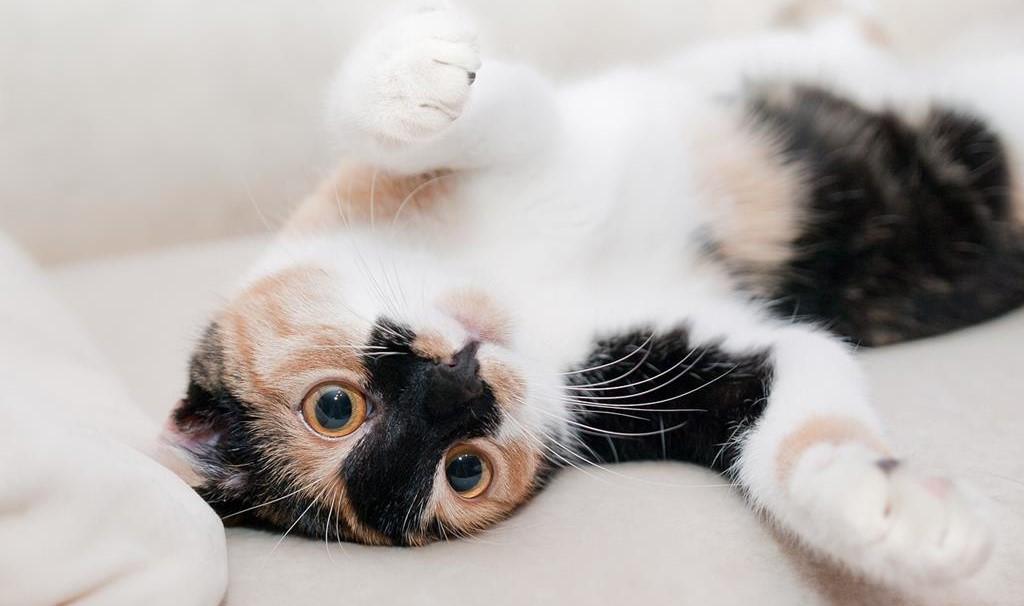Cats, with their playful antics and soothing presence, often become cherished members of our households. However, even the most affectionate feline can bite under certain circumstances, leading to concerns about potential health risks. If you’ve been bitten by a cat, you might be wondering whether it’s possible to survive a cat bite without seeking medical treatment. In this article, we’ll delve into the complexities of cat bites and the potential consequences of forgoing treatment.
Understanding Cat Bites and their Risks
Cat bites might appear innocuous on the surface, but they can be more problematic than they seem. Cats have sharp teeth that can puncture the skin, introducing bacteria from their mouths deep into the wound. This can lead to infections, abscesses, and even more serious complications if left untreated. Additionally, there is a slight risk of contracting diseases such as cat scratch disease and, although rare, rabies.
The Myth of the Harmless Cat Bite
While it’s possible for some minor cat bites to heal without medical intervention, assuming that all cat bites are harmless would be a dangerous misconception. There are several factors to consider:
- Severity of the Bite: Superficial scratches might not always require extensive medical treatment, but deep puncture wounds can introduce bacteria deep into tissues, leading to infections.
- Risk of Infection: The oral cavity of cats contains various bacteria that can cause infections when introduced into the human body. Delaying or avoiding treatment can lead to severe infections.
- Complications: Cat bites can lead to complications such as cellulitis, abscess formation, and even septicemia (blood infection), especially if not properly managed.
- Delayed Symptoms: Infections might not manifest immediately after a cat bite. By the time symptoms become noticeable, the infection could have progressed significantly.

Surviving Without Treatment: A Risky Proposition
Surviving a cat bite without treatment is theoretically possible, especially if the bite is minor and the wound remains clean and infection-free. However, the risks far outweigh the potential benefits. Without proper treatment, complications can arise, leading to significant pain, discomfort, and the need for more aggressive medical intervention down the line. In severe cases, untreated infections could even become life-threatening.
When to Seek Medical Attention
It’s crucial to remember that medical attention is recommended for all cat bites. Seek medical help if:
- The bite is deep, causes significant bleeding, or results in tissue damage.
- The bite is on the hands, face, or near joints.
- You notice signs of infection, such as redness, swelling, warmth, or pus.
- The cat’s rabies vaccination status is unknown.
- You have a weakened immune system or other underlying health conditions.
Will a cat bite heal on its own?
A cat bite might seem like a minor injury that could heal on its own, especially if it’s superficial and doesn’t show immediate signs of infection. However, it’s important to note that even seemingly minor cat bites can carry risks and complications that might not be apparent right away. Here are some key points to consider:
1. Risk of Infection: Cat bites have a higher risk of infection compared to other types of wounds due to the bacteria present in a cat’s mouth. Even if the wound initially appears to be healing, bacteria can still lead to infection later on.
2. Delayed Symptoms: Infections from cat bites might not show immediate symptoms. It’s possible for the wound to appear to be healing fine, but then redness, swelling, pain, or pus might develop days or even weeks later.
3. Complications: Cat bites can lead to complications such as cellulitis (skin infection), abscess formation (localized collection of pus), and even the spread of infection to deeper tissues or the bloodstream. These complications might require more aggressive treatment if not addressed promptly.
4. Severity Matters: The severity of the bite plays a significant role in how a cat bite heals. Superficial scratches might have a better chance of healing without complications, but deep puncture wounds can introduce bacteria deep into the tissues, leading to potential issues.
5. Individual Healing: Healing varies from person to person. Factors such as individual immune responses, overall health, and the specific circumstances of the bite can all influence how a cat bite heals.
Given these considerations, while some cat bites might heal on their own without complications, it’s recommended to seek medical attention for all cat bites, regardless of how they initially appear. A healthcare professional can assess the bite, provide proper wound care instructions, and prescribe antibiotics if necessary to prevent or treat potential infections. This proactive approach ensures that any potential issues are addressed early, reducing the risk of complications and promoting a smoother healing process.
What to do after small cat bite?
After a small cat bite, clean the wound gently with soap and warm water, then apply an antiseptic. Monitor the bite for any signs of infection such as redness, swelling, warmth, or pus. If you notice any of these symptoms or have concerns, it’s advisable to seek medical attention to prevent potential complications.
FAQs About Surviving a Cat Bite Without Treatment: Weighing the Risks
1. Can you really survive a cat bite without treatment?
Surviving a cat bite without treatment is theoretically possible, especially if the bite is minor and remains infection-free. However, the risks of complications and serious infections are high, making seeking medical attention essential.
2. What are the potential risks of not seeking treatment after a cat bite?
The risks include bacterial infections, abscesses, cellulitis, and even septicemia (blood infection). Delayed treatment can lead to severe complications, significant pain, and the need for more aggressive medical intervention in the future.
3. How do I know if a cat bite requires medical attention?
Seek medical attention if the bite is deep, causes significant bleeding or tissue damage, is on the hands, face, or near joints, shows signs of infection (redness, swelling, warmth, pus), or if the cat’s rabies vaccination status is unknown.
4. Can I just clean and disinfect the cat bite at home?
Cleaning and disinfecting the wound at home is a good initial step, but medical attention is still recommended. Deep cat bites can introduce bacteria deep into tissues, leading to infections that might require antibiotics or other medical treatments.
5. What if the cat bite seems minor and doesn’t show signs of infection?
Even if a cat bite appears minor initially, infections might not manifest immediately. Without proper medical care, infections can escalate and cause complications. It’s safer to seek medical attention to prevent potential issues.
6. Are all cat bites equally concerning?
The severity of cat bites can vary. Superficial scratches might not require extensive treatment, but deep puncture wounds can lead to more serious complications. It’s important to assess each bite based on factors such as depth, location, and the cat’s behavior and vaccination status.
Conclusion
While you might survive a cat bite without immediate treatment, the potential complications and risks associated with untreated cat bites should not be underestimated. Seeking prompt medical attention after a cat bite is the best course of action to prevent infections and ensure your health and well-being. Remember that the consequences of not seeking treatment can far outweigh the inconvenience of seeking timely medical care. Your health and safety should always be the top priority when dealing with any type of injury or wound, including cat bites.
Related Post:
Can You Get a Disease from Touching a Stray Cat?



